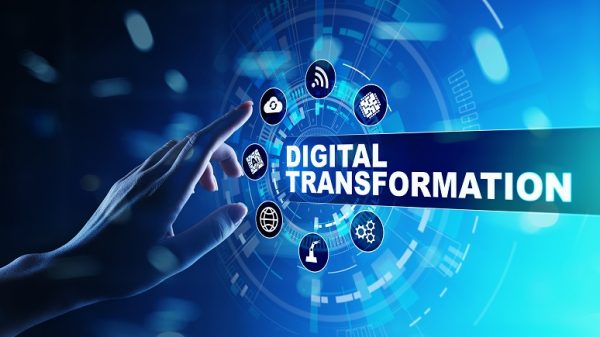As the education industry was hit with the pandemic last year, teachers, staff, and students alike were impacted by new school environments and were tasked with adapting to the new way of learning. Schools and institutions had to introduce new ways of conducting their classes and courses by finding technological solutions to survive in a Covid-19 world. This digital transformation has brought challenges but has also improved efficiency and effectiveness to education.
So, how has digital transformation affected learners in this new revolution?
Accessibility
First and foremost, it has improved accessibility. From a geographical perspective, students now have access to courses and programs that might not have been accessible before. Through remote learning, students are no longer limited by their immediate location, which provides learners with a broader option for educational pathways. Technology also goes a long way in removing restrictive barriers for learners with disabilities or impairments. Many online platforms and technology can assist with speech, audio and visual challenges that students may have faced in a physical classroom.
Cloud-Based Learning
Cloud-based learning opportunities have increased flexibility and the way we can connect and engage online. A variety of recording and streaming platforms are available for educators to conduct their lessons and lectures on, which provide opportunities for students to access the content at any time, catch up on work, and not miss out on their learning.
Big Data
Many applications have been designed for educational use to provide records for both students and teachers to access and monitor learning. Students can now submit work remotely, collaborate and interact on projects, and track tasks, enabling schools and institutions to compile and store data to track student performance trends and improve professional outcomes to serve their students better.
Equity
Digital equity allows all students to be lifelong learners. Now with this new transformation, students can access all materials from one single device. No longer do students need to go to the library to collect heavy books or research information. Students can now receive digital content such as eBooks which are less expensive and more environmentally friendly and can be shared among students and teachers in a matter of a click.
This shift towards a digital world has had measurable impacts on our education systems. Although this brings exciting opportunities, it also comes with challenges such as connection speeds, adapting to new interfaces and systems, finding new distractions and resolving compatibility issues. Nevertheless, schools, teachers, and students are realising the vast benefits that outweigh those challenges. Both teachers and student here at Ozford are improving their skills with the common goal to engage in effective and creative education processes, and we look forward to continuing to do so throughout the rest of 2021 and into 2022.


